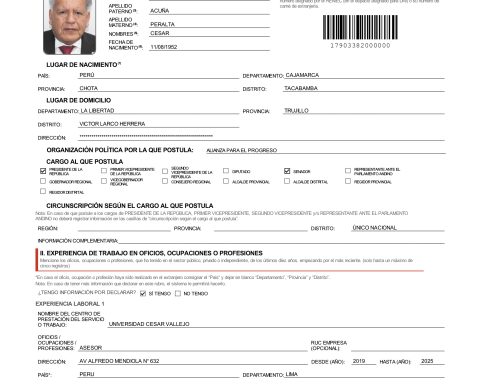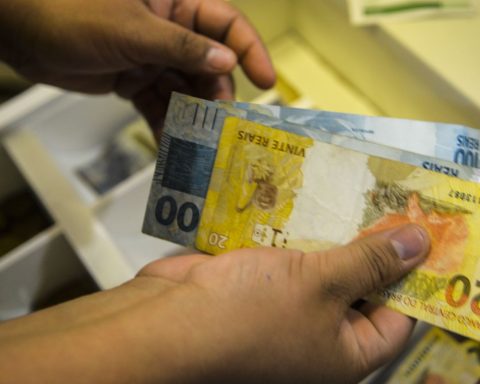Save money A part of the monthly income is essential to enjoy a comfortable and economically stable future. However, defining the appropriate amount to save is not an easy task.
“It is recommended to reserve at least 10% of your salary, but the percentage can be higher if ant expenses are avoided, that is, small daily amounts outside the budget”maintains the economist José Luis Torres, regional manager of the Selva de Caja Piura zone.
How should you save according to your age?
The expert also advises using this savings guide according to age ranges.
- Under 25 years. It is recommended to save at least 10% of your income, however the best savers in this segment save up to 30% of what they earn.
- People from 25 to 35 years old. They should reserve 17% of their salary, but the most disciplined can keep up to half of their income.
- People from 35 to 40 years old. The minimum recommended savings percentage is reduced to 15%. “Although income tends to rise as time goes by, fixed expenses such as mortgage payments or children’s school fees usually appear as expenses after this age,” Torres pointed out.
- From 41 to 55 years old. It is the most austere group with its expenses, it is estimated that it reserves 55% of its income.
According to Caja Piura, the baby boomers, people between 45 and 59 years old, are the generational group that saves the most, representing 39% of the clients who open an account in the microfinance institution. “The term they usually choose is 360 days as part of the campaign “Chambear your savings,” said Torres.
What is the best way to save?
If there is no saving habit and you consider that your list of expenses is very large, Torres suggests some techniques to organize your finances.
“An excellent practice is to pay yourself first. Right after receiving your salary, you have to put part of your income into your savings account.”Torres mentions.
Another very effective and popular technique in the United States for those who have never saved before or have a hard time achieving it, is the “52 Week Challenge”. It consists of the gradual and growing increase in savings.
“We started saving S/ 1 during the first week of the challenge, in the second week we reserved S/ 2 and so on. The idea is that you save the same amount of the corresponding week number. For example, in week 25, you will save S/ 25 and in week 52, you will save S/ 52. At the end of week 52 you will have saved the sum of S/ 1,378. If you apply the same technique and start with S/ 10, you will complete the challenge with S/ 13,780″explained the Caja Piura expert.
The fact that the savings grow from a minimum amount to a maximum of S/ 52 will make you perceive it as something easy to achieve. You will be able to maintain the rhythm and not leave it halfway. Taking the first step to start a new habit is always the hardest, but with this technique there are no excuses.
Another recommendation is to avoid unnecessary purchases, which requires discipline. For this reason, Torres suggests adding the ant expenses that are made daily to realize their impact on the monthly budget. “If you have this data and a clear personal or family budget, you will better control your money”limited the expert.
One of the most common mistakes, he added, is saving without knowing what the money will be used for, since without a proposed goal, motivation is lost. “Plan savings in the short, medium and long term. Once you reach a purpose, you will want to go for more”he emphasizes.

















